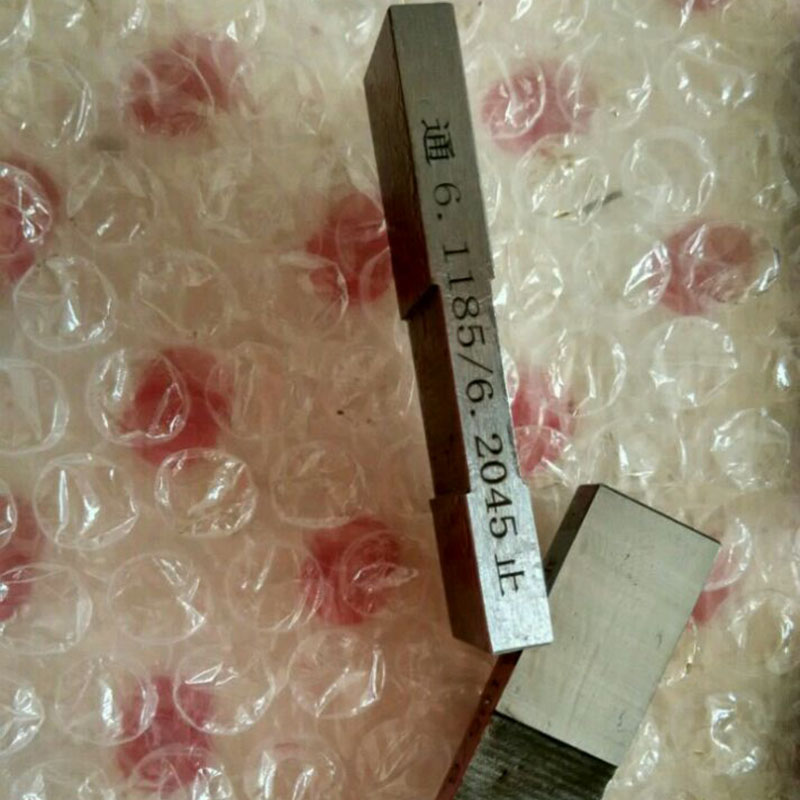دسمبر . 25, 2024 06:52 Back to list
150mm Gate Valve Specifications and Applications for Industrial Use
Understanding the 150mm Gate Valve Key Features and Applications
The 150mm gate valve is an essential component widely used in various industries for controlling fluid flow. This type of valve is designed to provide a straightforward, reliable means of regulating the passage of liquids or gases through pipelines. With a bore of 150mm, it is suitable for medium to large-scale systems, making it very popular in applications that require efficient flow control.
Design and Functionality
Gate valves operate by lifting a hinged or sliding gate out of the path of the fluid. This design allows for minimal flow resistance when the valve is fully open, ensuring optimal efficiency. The construction typically involves a robust body made of materials such as cast iron, stainless steel, or brass, depending on the application requirements. The internal components are engineered for durability, often featuring resilient seat materials and a stem designed to endure high pressures and corrosive environments.
One of the primary advantages of the 150mm gate valve is its ability to provide a straight-line flow with very little pressure drop, making it an ideal choice for applications where the full flow needs to be maintained. Unlike other types of valves, such as globe or ball valves, gate valves are specifically designed for isolation rather than throttling, meaning they should be either fully open or fully closed for optimal performance.
Applications
The 150mm gate valve is utilized in various sectors, including water and wastewater management, oil and gas, power generation, and chemical processing. In water supply systems, for instance, these valves are essential for regulating the flow of water in large pipelines. They offer a reliable means of isolating sections of the pipeline for maintenance or emergencies, ensuring a safe and efficient operation.
150mm gate valve

In the oil and gas industry, gate valves are commonly used in pipelines where high-risk materials are transported. Their design minimizes the risk of leaks and ensures that the flow can be effectively controlled, which is crucial for maintaining safety standards in these operations.
Moreover, in chemical processing plants, the 150mm gate valve helps manage corrosive substances, with its material options allowing for compatibility with various chemicals. This adaptability makes it a versatile choice for many environments.
Maintenance and Performance
Proper maintenance of a 150mm gate valve is critical to its long-term performance. Regular inspections can identify wear and tear on internal components, preventing potential failures that could lead to significant downtime or hazardous situations. Operators should check for leaks around the stem and ensure the valve operates smoothly without excessive force.
One downside of gate valves is that they are not suitable for throttling purposes. If they are partially opened for any duration, they can cause erosion on the gate, leading to premature failure. Therefore, it is crucial to use these valves strictly for on-off service without intermediate positions.
Conclusion
In summary, the 150mm gate valve is a vital component in many industrial applications, providing reliable fluid control with minimal resistance. Its robust design and ability to handle high pressures make it a preferred choice across various sectors. Understanding the features, applications, and maintenance requirements of the 150mm gate valve is essential for ensuring its effectiveness and longevity, ultimately contributing to the overall efficiency of the systems it serves. Whether in water management, oil and gas, or chemical processing, investing in high-quality gate valves will yield significant benefits in operational reliability and safety.
-
Why Metric Trapezoidal Thread is Ideal for Precision Motion ControlNewsAug.05,2025
-
The Unique Properties of a Block of Granite for Industrial UseNewsAug.05,2025
-
The Role of Flanged Y Strainers in Preventing Pipeline ClogsNewsAug.05,2025
-
The Importance of Regular Calibration for Master Ring GagesNewsAug.05,2025
-
How a Cast Iron Surface Table Enhances Accuracy in ManufacturingNewsAug.05,2025
-
Comparing Different Check Valve Types for Optimal Flow ControlNewsAug.05,2025
Related PRODUCTS









